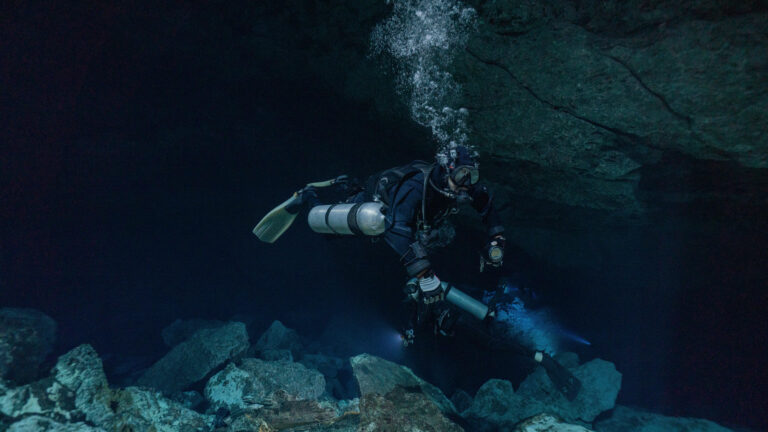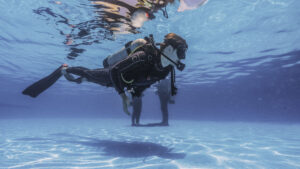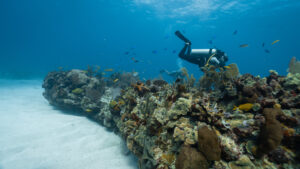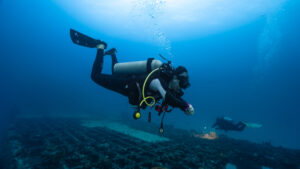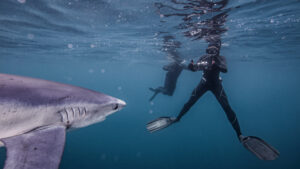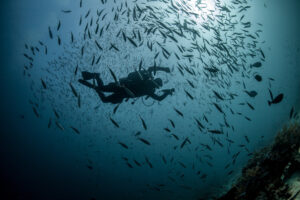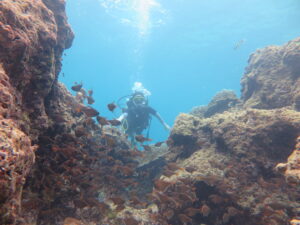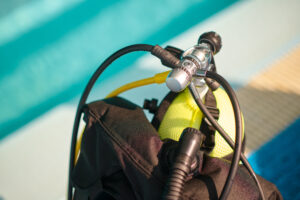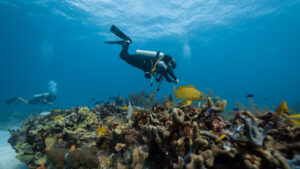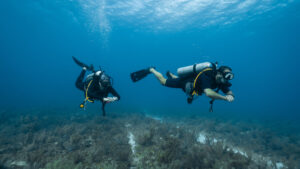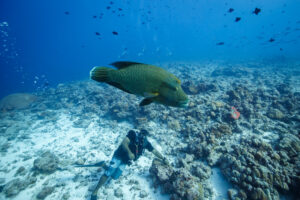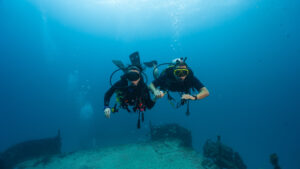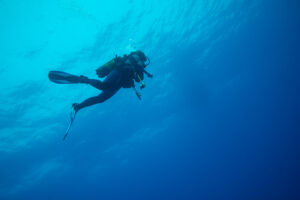What is Technical Diving?
Technical Diving, also known as Tec Diving, represents a discipline within the broader field of underwater exploration that pushes beyond the standard boundaries set for recreational scuba diving. This form of diving is characterized by its higher levels of complexity and risk, due to the increased depths reached, the use of multiple breathing gases, and the navigation of overhead environments, such as shipwrecks and caves.
Defining Parameters of Technical Diving
Recreational diving typically limits divers to a maximum depth of 40 meters (130 feet), with a direct ascent to the surface always possible. In contrast, Technical Diving exceeds these limits, often reaching depths greater than 60 meters (200 feet). Dives are typically characterized by decompression stops, which require divers to pause at certain depths during their ascent to allow absorbed gases to be expelled from the body. This eliminates the option for a direct ascent to the surface and increases the inherent risk of the dive.
Breathing Gases and Equipment
Unlike recreational divers who use a single tank filled with air or Nitrox (a blend of oxygen and nitrogen), technical divers employ multiple tanks filled with different gas mixes, including helium-based gases such as Trimix or Heliox. The use of these different gases is to manage the physiological effects of deep diving, like nitrogen narcosis and oxygen toxicity. The exact mixture of gases is determined by the planned depth and duration of the dive.
Closed Circuit Rebreathers (CCRs) are often used in technical diving due to their efficiency. CCRs recycle exhaled gas, removing carbon dioxide and adding oxygen to maintain a constant partial pressure. This makes them more gas-efficient than open-circuit scuba and allows for longer dives with less impact on the environment.
Diving Under Overheads
Technical Diving often involves diving under extensive overheads, such as in caves or wrecks. This type of diving requires specialized training and equipment due to the challenges and risks involved. For instance, the inability to ascend directly to the surface in the event of an emergency necessitates redundant safety systems and thorough pre-dive planning. Divers also need to master advanced buoyancy control, line-laying, and navigation techniques to safely navigate these environments.
Training and Safety
Given the increased risks and complexity associated with Technical Diving, rigorous training and certification are necessary. Divers usually progress through several stages of training, learning about advanced dive theory, equipment configuration, decompression planning, gas management, and emergency procedures. The training also emphasizes the psychological aspects of technical diving, such as stress management and decision-making under pressure.
Safety in Technical Diving is paramount. The adoption of the DIR (Doing It Right) philosophy, which promotes standardized equipment configuration and rigorous team training, has increased safety in the field. However, the inherent risk is still higher than in recreational diving, and technical divers must be prepared to manage potential emergencies autonomously.
Evolution and Future Directions
Technical Diving has evolved significantly since its inception in the late 20th century. Advances in equipment, training methods, and dive planning software have enabled divers to explore further and deeper than ever before. Looking forward, there is potential for more development in areas such as mixed gas technology, rebreather design, and decompression research.
However, the future of Technical Diving also depends on the sustainability of the practice. As with all forms of diving, there is a responsibility to minimize impact on marine environments. This includes careful dive planning to avoid damage to underwater sites and the use of equipment that minimizes waste gas emissions.
The Community and Culture
A unique subculture has emerged within the technical diving community, characterized by a relentless pursuit of knowledge, meticulous attention to detail, and a deep respect for the sea and its inherent dangers. These individuals often possess a high level of commitment and dedication, continuously seeking to improve their skills and understanding of the technical aspects of diving.
The Rewards of Technical Diving
While technical diving carries inherent risks, it also offers unparalleled rewards. The opportunity to explore untouched caves, historic shipwrecks, and deep reefs teeming with unique marine life, are some of the experiences exclusive to technical divers. Furthermore, the sense of camaraderie, the thrill of overcoming challenges, and the satisfaction of gaining advanced knowledge and skills, contribute to the allure of technical diving.
The Impact of Technical Diving
Technical divers often play a critical role in scientific research, archaeological exploration, and conservation efforts. Their skills allow them to access environments that are otherwise unreachable, helping to broaden our understanding of underwater ecosystems, historical events, and the impacts of human activity on marine life.
Technical diving represents the apex of scuba diving, pushing the limits of human endurance and technological innovation. It requires meticulous planning, rigorous training, and a high level of personal commitment. However, the opportunity to explore the unknown, contribute to scientific knowledge, and experience the awe-inspiring beauty of the deep, make it a pursuit worthy of its challenges for those willing to accept the risks. With the continued advancement in technology and training methods, the future of technical diving promises even greater opportunities for exploration and discovery.

